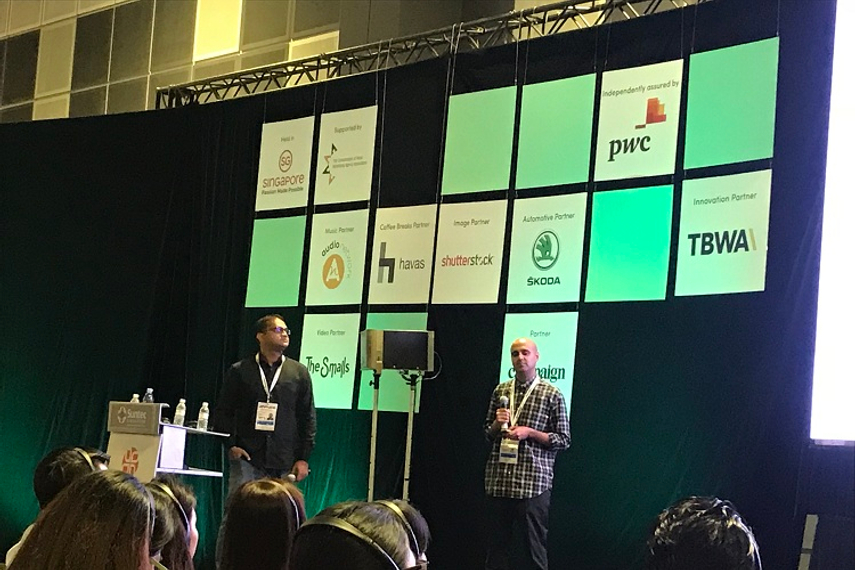
Please sign in or register
Existing users sign in here
Having trouble signing in?
Contact Customer Support at
[email protected]
or call+91 22 69489600
Jatinder Sandhu and Udara Withana of Dentsu explain four steps brands and agencies should keep in mind when creating purposeful content

Contact Customer Support at
[email protected]
or call+91 22 69489600
Top news, insights and analysis every weekday
Sign up for Campaign Bulletins
49% of the incremental CTV viewers come from rural India, according to Kantar.
Changing how Omnicom operates and collaborates in post-IPG era requires shift in mindset and incentives.
Zuno General Insurance has launched a nationwide campaign to position usage-based car insurance as a practical and rewarding choice for younger drivers.
MMTC-PAMP has appointed Gaurav Nijhawan as head of marketing to lead integrated brand, communication and growth initiatives across channels.